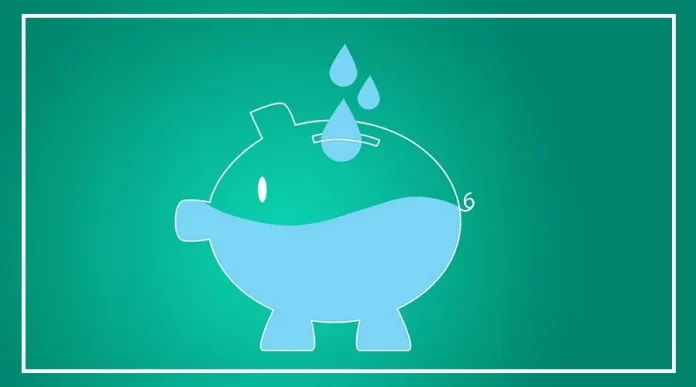New Delhi:
Be it a woman or a man, the government introduces new schemes to strengthen the financial condition of the poor.
However, many women face losses due to a lack of information about tax-saving opportunities.
In this article, we will explore some tax-saving schemes specifically tailored for women.
Mahila Samman Saving Certificate
One such scheme is the Mahila Samman Savings Certificate Scheme, designed especially for women and minor girls.
Functioning akin to a fixed deposit, this scheme offers a compounding interest rate of 7.50%.
Women can initiate investments with as little as one thousand rupees and can deposit up to two lakhs.
For instance, if you invest fifty thousand rupees, after two years, you’ll receive approximately fifty-eight thousand and eleven rupees.
Sukanya Samriddhi Scheme
Another beneficial scheme is the Sukanya Samriddhi Yojana, wherein an account can be opened in any post office or bank for a minimum of two hundred and fifty rupees.
This scheme offers a tax exemption, along with an attractive interest rate of 8.2% per annum.
Particularly advantageous for mothers of girls under ten years of age, or those who have adopted a girl child,
the accumulated amount can be utilized for the child’s education or marriage once she reaches twenty or twenty-one years of age.
Public Provident Fund (PPF)
Additionally, the government has introduced the Public Provident Fund (PPF) scheme.
Offering higher interest rates compared to fixed deposits, PPF currently provides an interest rate of 7.1% per annum.
With a minimum annual investment of five hundred rupees and a maximum limit of one lakh and fifty thousand rupees,
this scheme offers tax exemption on investments up to one lakh and fifty thousand rupees.
Furthermore, the account can be extended for an additional five years,
providing continued benefits.and the option to extend the account for five years for continued savings growth.
